When it comes to improving your performance on the golf course, having the right equipment is crucial. Fairway woods play a significant role in bridging the gap between your driver and your irons, making it essential to choose wisely. Enter the Srixon ZX Fairway Woods—designed with innovative technology and user-friendly features to suit players of all skill levels. In this review, we’ll explore the design, performance, and value of these clubs, helping you make an informed decision for your next purchase.
 Srixon ZX Fairway Woods
Srixon ZX Fairway Woods
An Overview of Srixon ZX Fairway Woods
The Srixon ZX Fairway Woods boast a blend of cutting-edge technology, sleek design, and versatility. With options available for both standard and adjustable models, these clubs aim to enhance your confidence on the course, whether you’re hitting long, sweeping shots or executing delicate approaches.
Key Features
- Variable Face Design: The face of the ZX Fairway Woods is engineered to maximize distances and enhance forgiveness on off-center hits.
- Weighting System: The strategically placed weight not only improves stability but also optimizes launch conditions.
- Adjustable Loft Options: Offering various loft settings allows for customization, enabling you to dial in your performance based on personal preferences.
- Sleek Aesthetic: A modern, clean design appeals to both traditionalists and contemporary golfers alike.
Performance: What to Expect from Srixon ZX Fairway Woods
Distances that Wow
One primary factor in evaluating fairway woods is how far they can hit the ball. The Srixon ZX Fairway Woods utilize a powerful face technology designed to increase ball speeds across the entire face. Here’s what you can expect:
- Consistent Distance: Improved ball speed means that even your mishits can yield respectable distances.
- Launch Angle Adjustability: Numerous loft settings allow for a customizable launch angle, ideal for varying course conditions.
 Golfer Using Srixon ZX Fairway Wood
Golfer Using Srixon ZX Fairway Wood
Control and Forgiveness
While distance is essential, control should never be overlooked. The Srixon ZX Fairway Woods excel in this area thanks to the following features:
- Tailored Weight Distribution: The optimized center of gravity (CG) helps maintain stability through the swing, leading to improved accuracy.
- Confidence-Inspiring Design: The shaping of the head enables better visibility at address, instilling confidence and promoting a consistent swing path.
Versatility Matters
Golf is unpredictable, and the course can present varying lies, from the rough to the fairway. The Srixon ZX Fairway Woods are exceptional in their versatility, making them an excellent addition to your bag:
- From the Tee: Perfect for tight layouts where control is paramount.
- In the Rough: A robust face design tackles difficult lies, providing the needed forgiveness.
 Srixon ZX Fairway Wood in Rough
Srixon ZX Fairway Wood in Rough
User Feedback and Reviews
The Srixon ZX Fairway Woods have received positive reviews from players of all levels, which isn’t surprising given their performance features. Here’s what some users are saying:
“These woods have completely changed my game. I feel more confident making shots from difficult lies!” – Avid Golfer
Pros
- Excellent Distance: Many users report hitting longer and straighter shots with minimal effort.
- Great Feel: The clubs provide a satisfying feedback upon impact.
- Easy to Hit: Newcomers find them easy to handle, instilling confidence immediately.
Cons
- Pricey for Some: While quality comes at a cost, some players feel the price isn’t justified.
- Adjustment Period: Some reviewers noted they required time to adapt to the head design.
Srixon ZX Fairway Woods vs. Competitors
When shopping for a new fairway wood, comparing options can help you make an informed decision. Here’s how the Srixon ZX stacks up against popular competitors:
| Feature | Srixon ZX | TaylorMade SIM2 | Callaway Epic Speed |
|---|---|---|---|
| Variable Face Design | Yes | Yes | Yes |
| Adjustable Loft | Yes | Yes | Yes |
| Weight Distribution | Optimized CG | Composite Materials | AI-designed Face |
| User Accessibility | High | Moderate | High |
Summary of Comparisons
- Srixon ZX is favorable in user accessibility while maintaining top-notch performance.
- TaylorMade SIM2 excels in materials but may appeal more to serious players.
- Callaway Epic Speed offers advanced technology but can be complex for beginners.
Choosing the Right Model
The Srixon ZX Fairway Woods come in several models to cater to different needs and skill levels. Here’s a quick guide:
- Srixon ZX5: Best for those who prioritize distance and forgiveness.
- Srixon ZX7: Ideal for players looking for greater control and workability.
- Hybrid Options: Perfect for golfers needing assistance with launch and forgiveness.
Tips for Selection
- Assess Your Skill Level: Beginners may prefer the ZX5 for added forgiveness.
- Determine Your Play Style: Choose a model that aligns with how you typically hit the ball.
- Try Before You Buy: Whenever possible, test out different models to see which feels best.
 Srixon ZX Fairway Wood Lineup
Srixon ZX Fairway Wood Lineup
Key Takeaways
In conclusion, the Srixon ZX Fairway Woods stand out for their combination of distance, control, and versatility. With cutting-edge technology and a user-friendly design, they cater to a wide array of golf enthusiasts. Remember these key points:
- Performance: Offers impressive distance and control with various loft options.
- Forgiveness: The design enhances accuracy even on off-center strikes.
- Versatility: Suitable for multiple lies and course conditions.
Frequently Asked Questions (FAQ)
1. Are Srixon ZX Fairway Woods suitable for beginners?
Yes, the adjustable loft and forgiving design make them user-friendly for newcomers.
2. Can I customize the loft on the Srixon ZX Fairway Woods?
Absolutely, the clubs offer adjustable loft settings for tailored performance.
3. What materials are used in the construction?
The Srixon ZX Fairway Woods utilize high-strength steel for enhanced durability and performance.
4. How do they compare to similar brands?
The Srixon ZX provides an excellent blend of forgiveness and distance, similar to models from TaylorMade and Callaway.
5. Can I find options for left-handed golfers?
Yes, Srixon offers left-handed models in their ZX Fairway Wood lineup.
6. What’s the typical price range?
Prices typically range from $250 to $350, depending on the model.
7. Do they come with a warranty?
Yes, Srixon typically offers a limited warranty on their clubs.
8. Is it possible to get fitted for these clubs?
Yes, professional fittings are recommended to optimize performance based on individual swing characteristics.
9. How do the Srixon ZX Woods perform in wet conditions?
The design helps maintain performance even in damp conditions, allowing good grip and stability.
10. Are there accessories you recommend with the Srixon ZX Fairway Woods?
Consider using custom grips for better comfort and control, along with a high-quality golf bag to carry your equipment effectively.
Whether you are an aspiring amateur or an experienced golfer, the Srixon ZX Fairway Woods could be the game-changing equipment you’ve been looking for. Happy golfing!
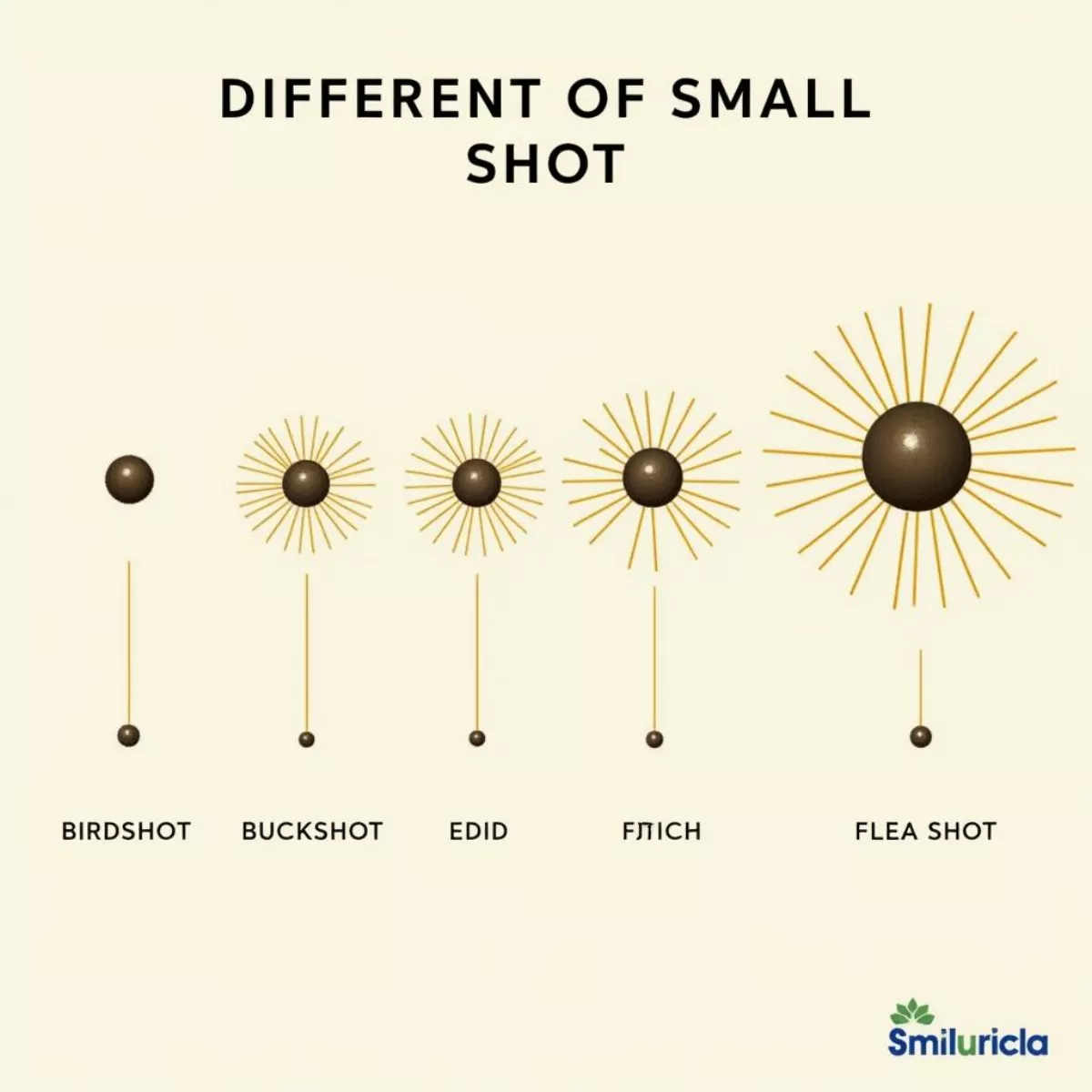
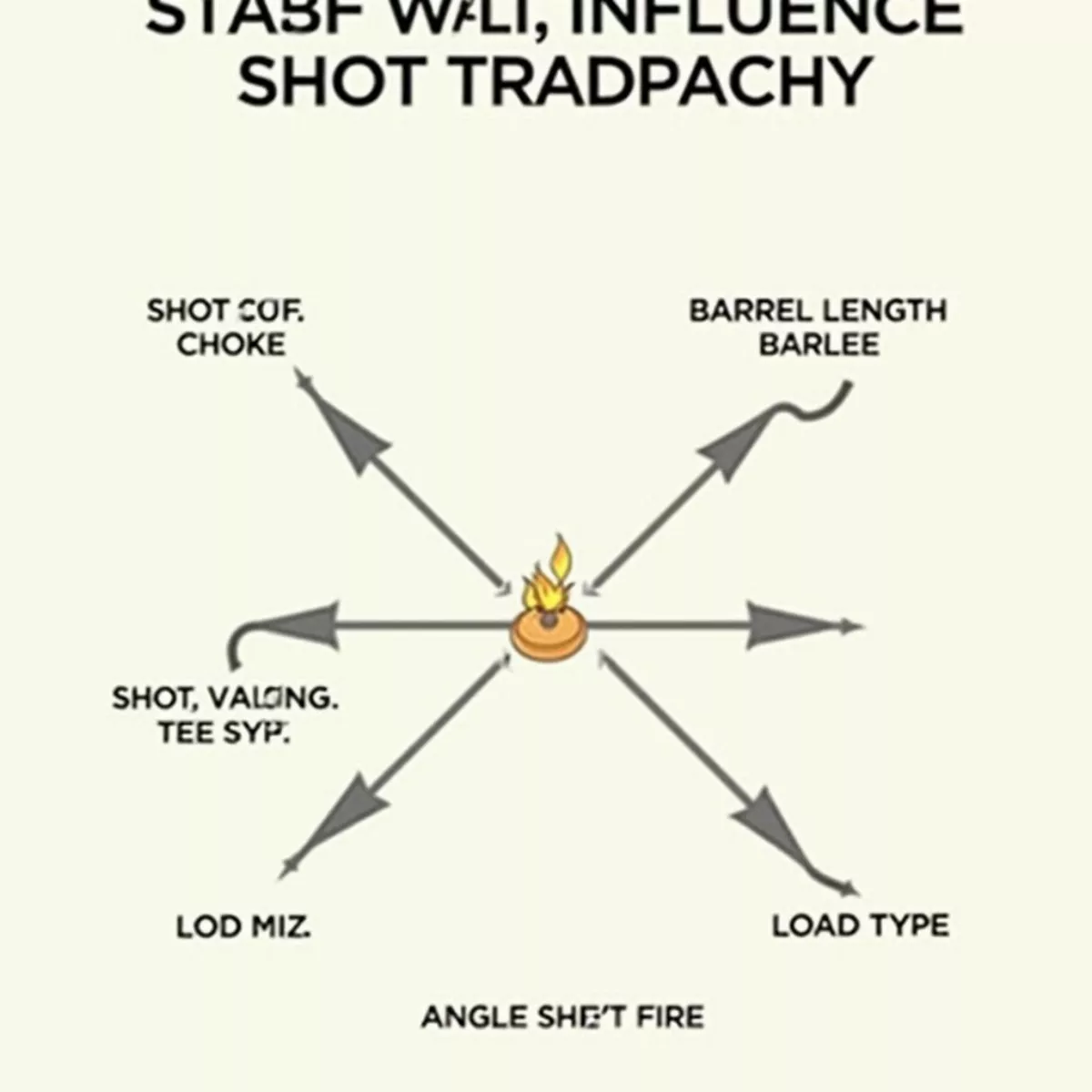 Factors Affecting Shot Trajectory
Factors Affecting Shot Trajectory Shot Patterns
Shot Patterns Shot Travel Distance Chart
Shot Travel Distance Chart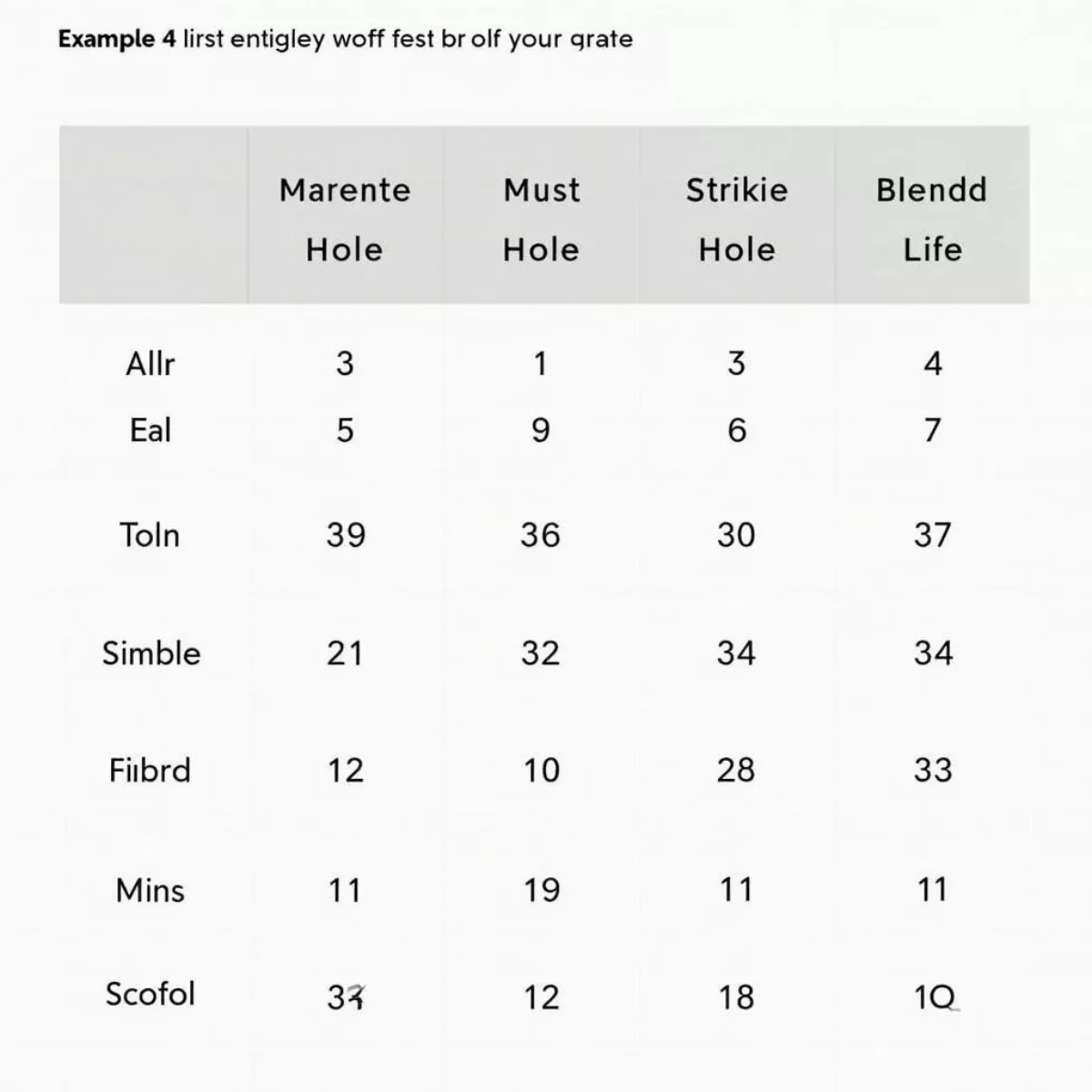
 Table illustrating the Stableford scoring system in golf
Table illustrating the Stableford scoring system in golf Golfers keeping track of scores using both traditional scorecard and mobile app
Golfers keeping track of scores using both traditional scorecard and mobile app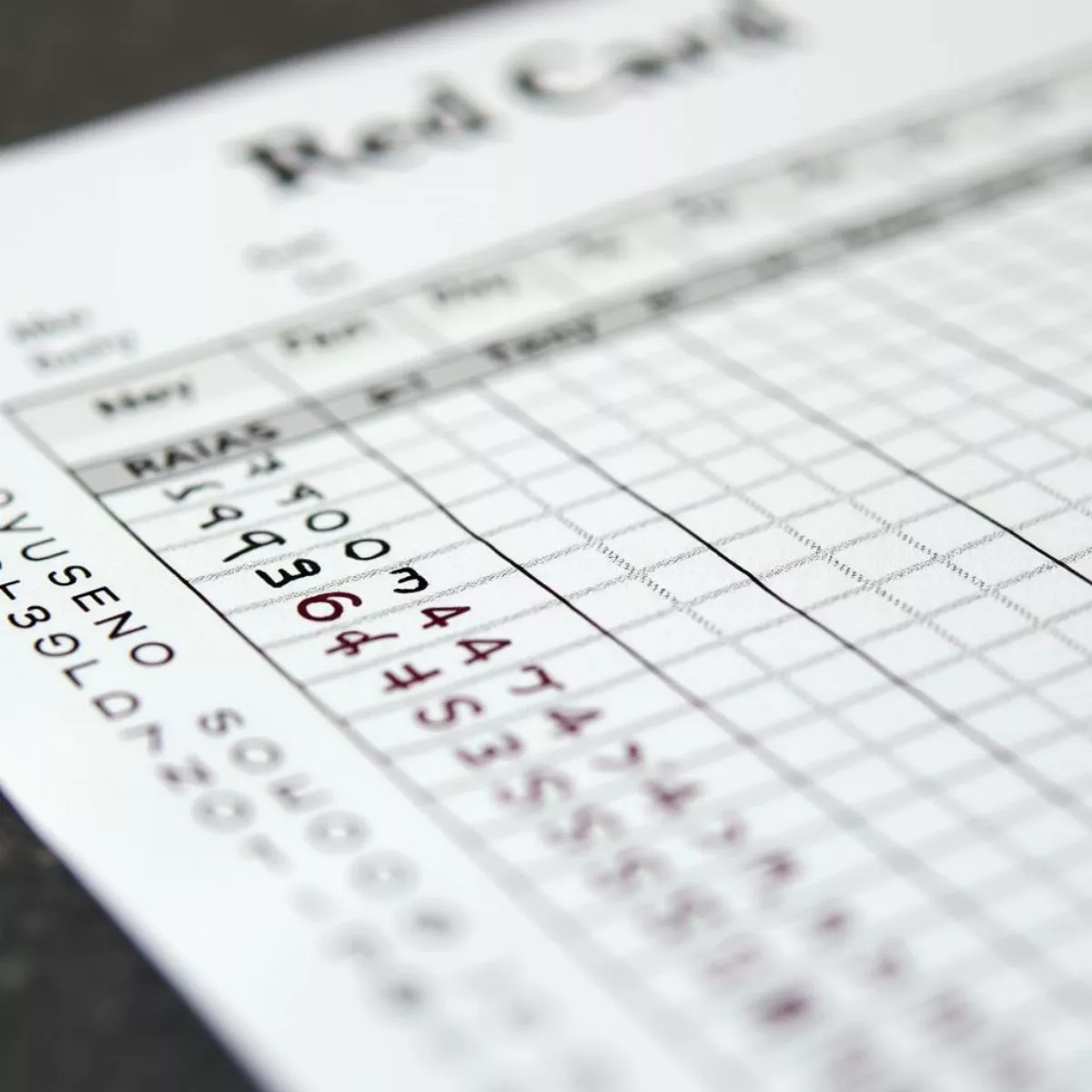
 Golfers on a challenging course
Golfers on a challenging course Golfer using handicap calculator app
Golfer using handicap calculator app
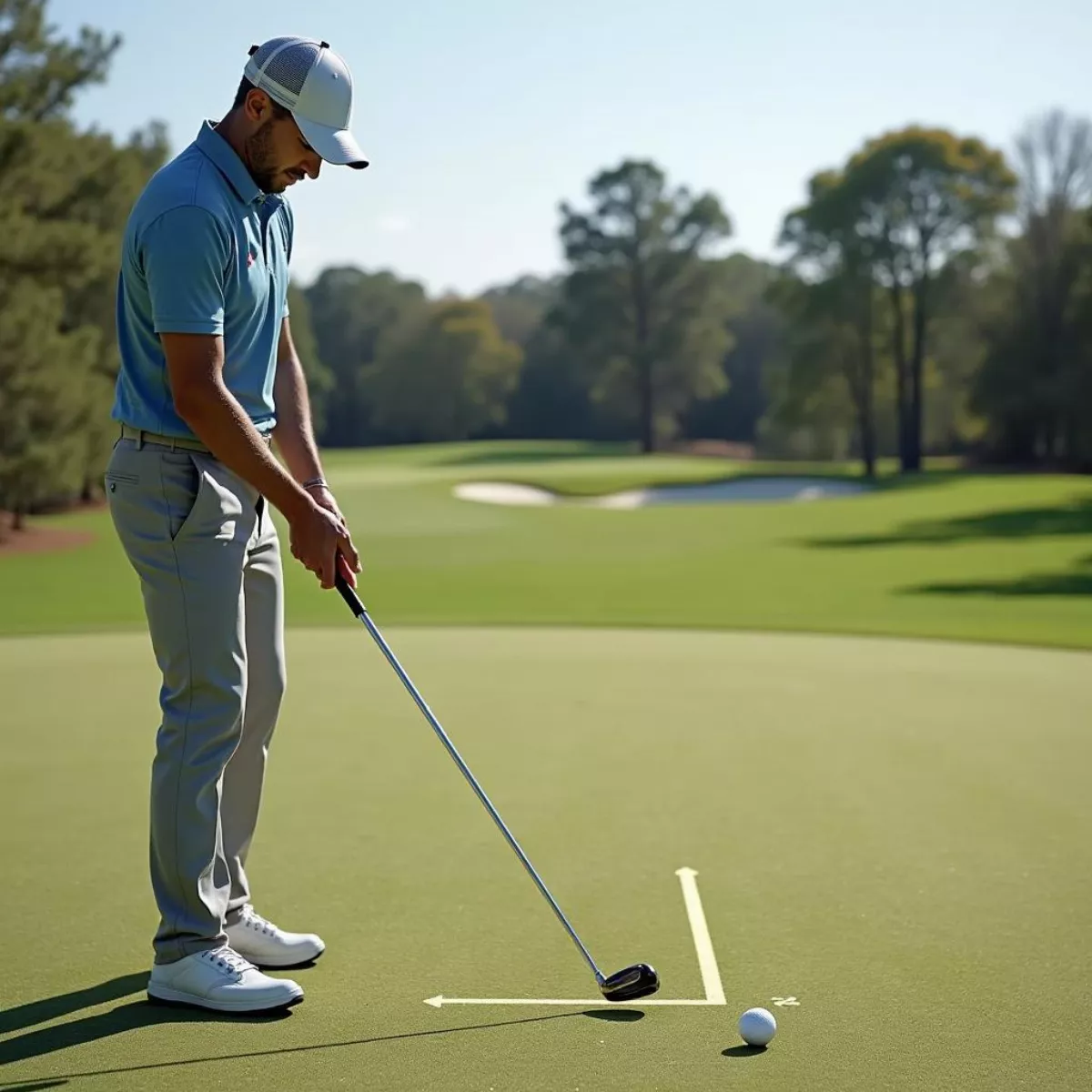 Golfer using Alignment Stick for Chipping
Golfer using Alignment Stick for Chipping
 Copper Canyon Clubhouse
Copper Canyon Clubhouse Copper Canyon Golf Tournament
Copper Canyon Golf Tournament
 Golfer Using Titleist TSR2 Fairway Wood
Golfer Using Titleist TSR2 Fairway Wood Titleist TSR2 Fairway Wood Close Up
Titleist TSR2 Fairway Wood Close Up
 Golf Equipment and Financial Plan
Golf Equipment and Financial Plan Golfer Practicing on Driving Range
Golfer Practicing on Driving Range Professional Golfer on Course
Professional Golfer on Course
 Diverse Group of People from different countries talking about names
Diverse Group of People from different countries talking about names Group of friends from different backgrounds chatting at a cultural event
Group of friends from different backgrounds chatting at a cultural event
 Golfer Preparing for US Open Qualifier
Golfer Preparing for US Open Qualifier Golfers on Putting Green at US Open Qualifier
Golfers on Putting Green at US Open Qualifier